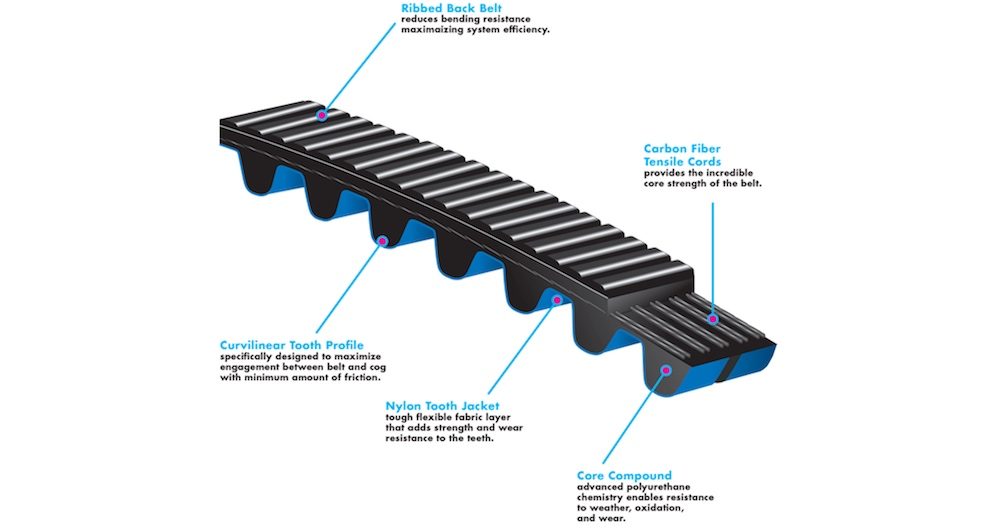I’ve been riding belt drive across continents since 2010, and after more than 100,000km across one hundred countries – I’m ready to tell you there is no better touring, bikepacking or commuting drivetrain available.
I’ve taken belts across the hottest deserts, into icy snowfields, through dense jungles, along beaches, up muddy tracks and to the top of the highest road in the world. I suspect there are few people on Earth with the same real-world experience as me.
In this article, we’ll look at what belt drive is, what the advantages and disadvantages are and then I’ll go through the frequently asked questions to make sure that no rock is left unturned.
This is NOT a sponsored article, I haven’t invested in any belt drive businesses and I am free to use chains on my bikes at any time. I’m just a big ol’ fan of belts and I hope you can soon see why.
What Is Belt Drive?
Belts are used to run the blowers on 10,000 horsepower racing engines, the powertrains of 150 horsepower motorbikes, and more recently, the drivetrains of many bicycles. Gates Corporation invented their first automotive belts a century ago, and today they’re the most popular brand of belt system for bikes.
The belts themselves are made from a polymer that is reinforced using multiple carbon fibre cords. They are then usually paired with stainless steel cogs and durable alloy chainrings.
Why Are Belts The Best Drivetrains?

1. Belts Have A Very Long Service Life
You can expect a belt drivetrain to last 3-4x longer than a typical chain, that’s upwards of 30,000km/20,000mi – even in the poor riding conditions you often see me flailing about in. Additionally, they’re impervious to water and salt – so there’s no rust here, even after months of cycling through intense wet seasons.
2. Belts Require Little to No Maintenance
Belts do not stretch, they don’t require lubrication, they are never greasy and they do a surprisingly good job of clearing the mud out! Just a splash of water is usually enough to keep them going.
3. Belt Drivetrains Are Perfectly Silent
You know when your chain is freshly cleaned and lubed and running perfectly silent? Well, that’s a belt pretty much all the time.
4. Belts Are Lighter Than Chains
You can expect a weight saving of between 100-300 grams when compared to chain drive.
The Upsides Are Looking Pretty Darn Good, What About The Downsides?
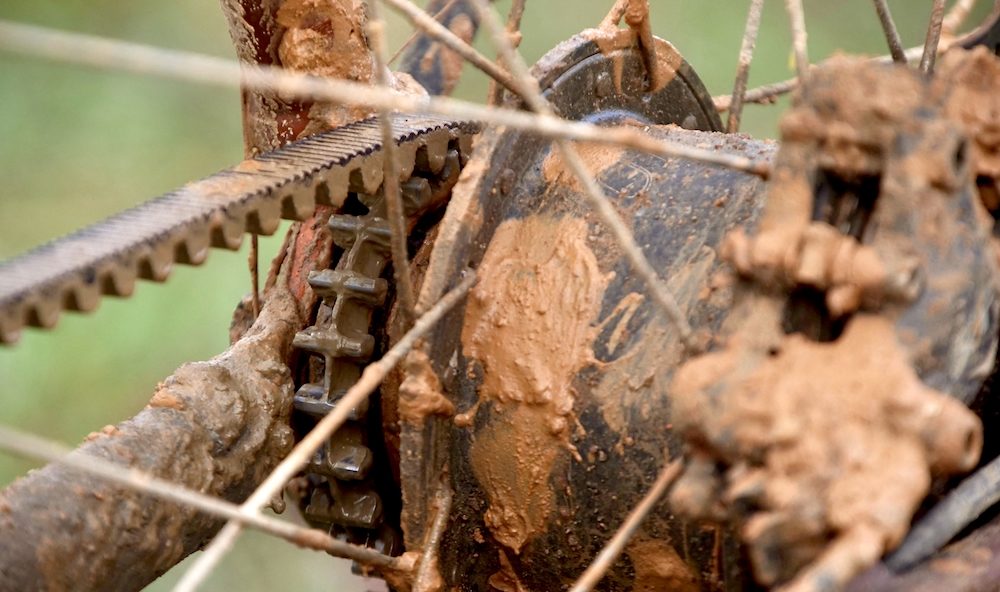
1. You Cannot Use Belt Drive With Derailleurs
A belt is designed to run in a perfectly straight line. That means that it cannot be paired with derailleurs, chainrings or cassettes – but it can be used with a gearbox at the crankset or an internal gear hub at the rear wheel.
2. You Need A Belt Compatible Frame
As belts are usually one-piece, your frame will need to be designed with ‘belt splitter’ in the rear triangle so that you can fit a belt to your bike. The frame also needs to be ‘stiffness test approved’ to ensure the frame will not flex sideways too far, causing the belt to wander off the rear cog.
3. Replacement Parts Are Not Found In Typical Bike Shops
I personally have never found this a problem. I buy all of my replacements online and I always carry a spare belt for emergencies (87g/3oz). I usually travel for 18 months before I even start thinking about ordering replacement parts.
4. There’s A Higher Upfront Cost
A belt drivetrain is not super cheap (US $240), but they are cost-efficient. Provided you get the full mileage out of your belt drivetrain, I’ve estimated you’ll go about 125km per dollar. This is the equivalent of a chain drivetrain costing you about $60 per 7500km. For reference, that’s the same price as the longest-lasting chain we have (SRAM X01 12-speed), which wears out at between 5000-7000km.
5. It’s A Less Efficient Drivetrain
Derailleurs are undoubtedly the most-efficient drivetrains available, with an average drive efficiency across all gears of between 95-97%. As you need to employ a gearbox system on a belted bike there will always be additional frictional losses. According to the data we have: Shimano internal gear hubs and Pinion gearboxes are a bit over 90% efficient, while the Rohloff hub jumps up to over 94% efficient – the efficiency discrepancy is one of the reasons you’ll rarely see gearboxes and belt drivetrains on race bikes. There can be additional resistance at the belt too but it’s a much smaller percentage than the gearbox itself – we’ll take a closer look below.
Frequently Asked Belt Drive Questions
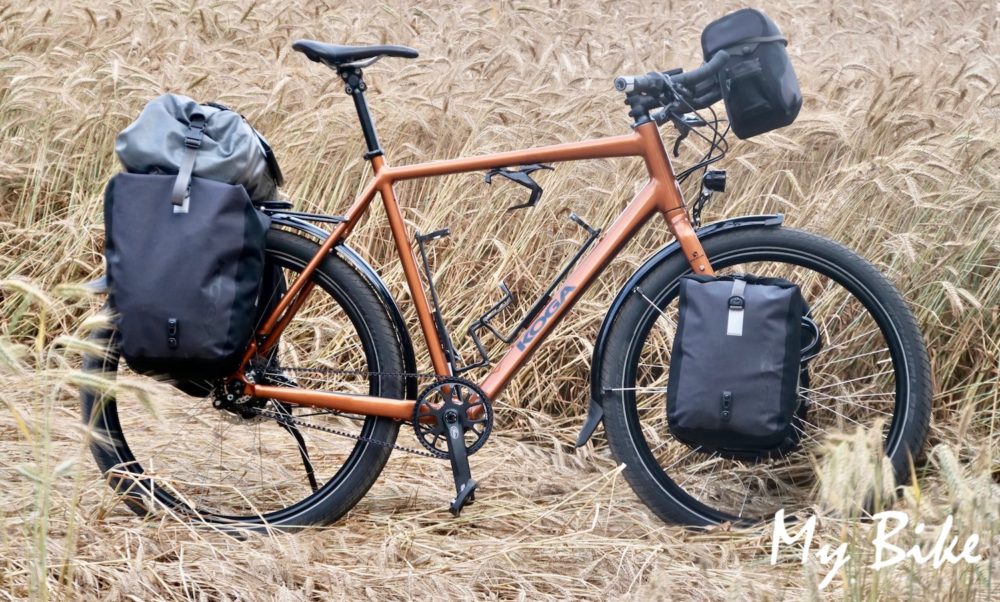
How Does Gates Carbon Drive Feel To Ride?
A belt rides just like a well-lubricated chain but has a slightly different humming sound. Despite its looks, it feels just as stiff and solid to use as a chain.
How Do You Repair A Belt?
It’s very easy to remove a chain link on the side of a trail. Belts, on the other hand, are designed to be replaced. Rather than carrying a chain tool, it’s prudent to carry a spare belt which coils down to a small enough size. I’ve broken just one 31,000km old belt in the last ten years, so emergency belt replacement never actually crosses my mind.
When Do You Know The Belt is Too Worn?
Surprisingly, it’s the rear cog that wears the fastest in a belt system – the teeth can get very pointed! Given that I stray pretty far from services, I usually swap my entire drivetrain out as a precautionary measure at about 30,000km. I’ve never actually found the true distance limit where the belts cease to work, but it looks like the lifespan may have just been extended, as Gates just introduced a new high-hardness steel cog this week.
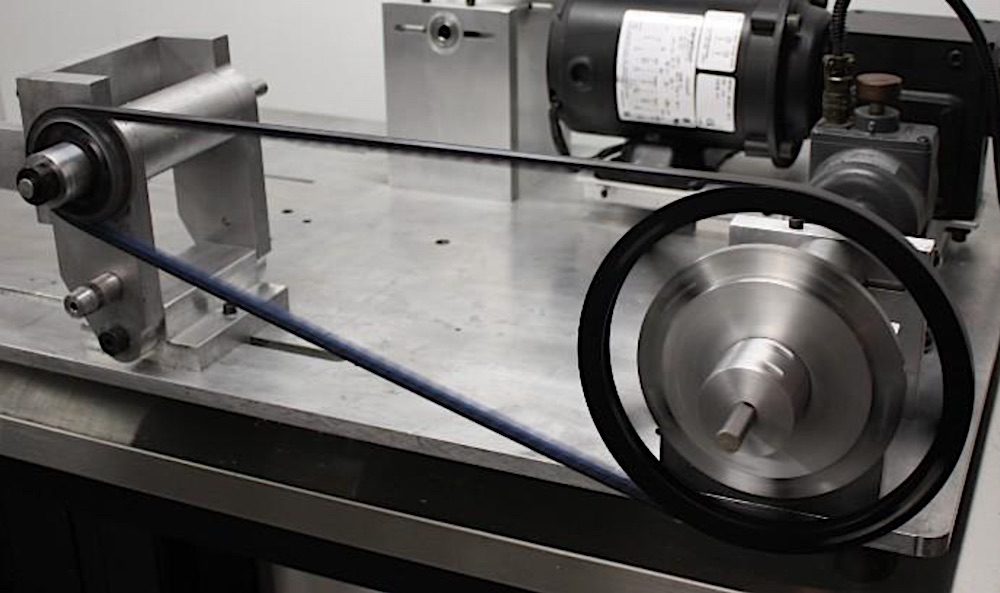
What’s The Deal With Belt Resistance?
Perhaps you’ve seen videos of people stacking weights on pedals to show the difference in drive resistance between a belt and a chain. These tests are a bit misleading because chain and belt friction increases at different rates (the belt slope is 4x less steep). There is a crossover point where a belt becomes more efficient than a chain – it’s when you’re pedalling at 212-watts. This is a bit higher than the typical cyclist pushes, so expect around half a watt penalty (0.5-1.0% of your power output) on the belt system in ideal riding conditions, but likely a better efficiently in adverse conditions due to the way a belt can remove debris from the cogs.
That said, if you use a particularly stiff frame, you can lower the belt tension below the recommendation. You didn’t hear this from me, but I’ve been slowly reducing the belt tension on my KOGA slowly over the last year, and frankly, it’s getting ridiculous. My belt can now touch my chainstay, it’s so far beyond the minimum that I can’t even measure it – and I’m a very strong rider, with a heavy load, riding up incredibly steep mountain roads.
At my approximate belt tension, and at the power outputs I push, my belt is likely running the same or lower friction than a chain. I only recommend trying this with a belt snubber fitted, which will make sure the belt stays on, even if the belt tries to skip.
What Is The Actual Maintenance Like?
If you ride in adverse conditions it’s a great idea to use a toothbrush and water to clean the debris off the system if only to reduce the wear on the cogs.
In dry conditions with very fine dust, a belt drivetrain can sometimes make an infuriating squeaking sound. This is very easily remedied by using a silicone spray which immediately dries onto your belt. I am currently experimenting with treadmill silicone lubricant which stays wet a bit longer, attracting more grit in the short term but it seems to require fewer applications. Rohloff biodegradable chain lube is known to work similarly; just make sure to skip the Hanseline belt care stick – it’s extremely sticky, and frankly, a terrible product for a belt.

How Do You Adjust The Belt Tension?
Unlike chains, belts do not get longer with time, resulting in a true set-and-forget drivetrain. There are two typical ways to set the tension of a belt. Some bikes use sliding rear dropouts, but from speaking to a handful of bike engineers, it sounds like an adjustable eccentric bottom bracket shell allows for the stiffest possible rear triangle for running lowest possible belt tensions.
You can use your smartphone to determine the appropriate tension of your belt. By plucking the belt, your smartphone app will decipher the frequency and determine if your belt tension is correct.
Don’t Belts Destroy Bearings?
It’s possible that a belted bike with the maximum belt tension could prematurely wear bearings. But on a bike engineered for belts, the frame will be stiff enough so that the tension is the equivalent of a rider using a chain, and pedalling at 250 watts – which is not at all that unusual.
Aren’t There Limited Gear Ratios Available?
There are four front sprockets, four rear cogs and 20 belt lengths to choose from. This should not be limiting at all for the purposes of touring and commuting.
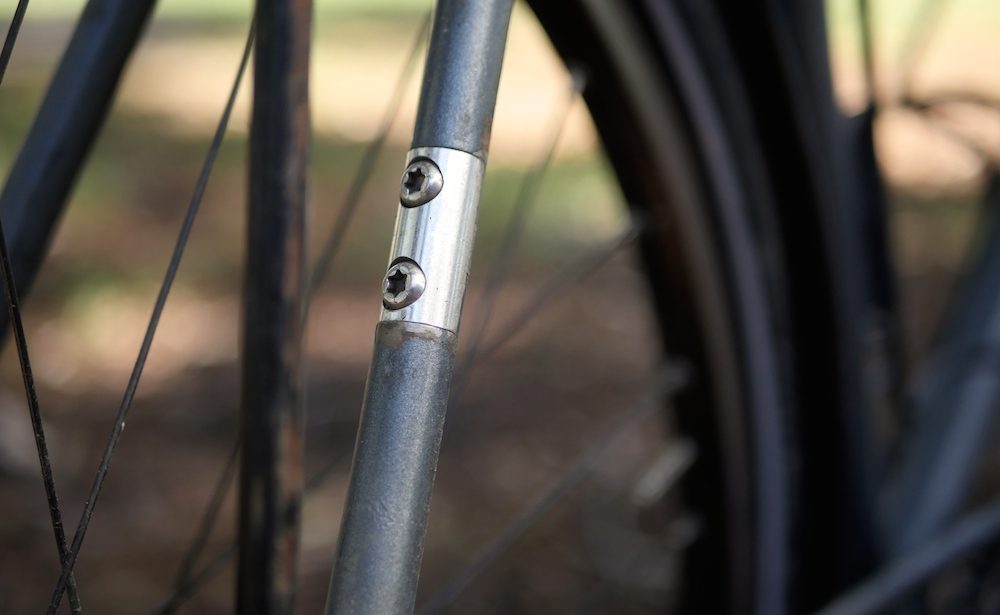
Can You Modify Your Frame for Belt Drive?
I have taken two touring bikes to a custom frame builder to get belt splits installed in the rear triangles. They have worked just fine, but I’ve had to use a high belt tension (more drive resistance) as the rear triangles had more side-to-side flex than a dedicated belted frame.
Are There Any Other Belt Companies?
Gates completely dominate the market when it comes to belt drivetrains, but there are a few companies offering alternatives, including Veer, Accord and Driveline.
Veer looks to be the most promising and has one big advantage over Gates, their belts are able to split, which means that you can fit them to any bike! As the rear triangles of a typical bike are not designed to be particularly stiff, I suspect the Veer system will have high friction when retrofitted to a bike. That said, you still get all the other advantages of belt drive – so I really think it’s a really cool product if you’re belt curious but don’t want a new bike.
Belt Drive Summary
I really hope this information has hit every possible belt talking point.
I have put belt drivetrains through the wringer for 10 years, taking them into the world’s most remote locations – and I’m certain there is no better drivetrain available for touring, bikepacking and commuting.
If the idea of a gearbox system like the Rohloff or Pinion is compelling to you – definitely skip the chain option and pair it with belt drive. They are incredibly long-lasting, virtually maintenance-free, lightweight and silent.
You Can Find A List of Belt Drive Touring Bikes HERE.


